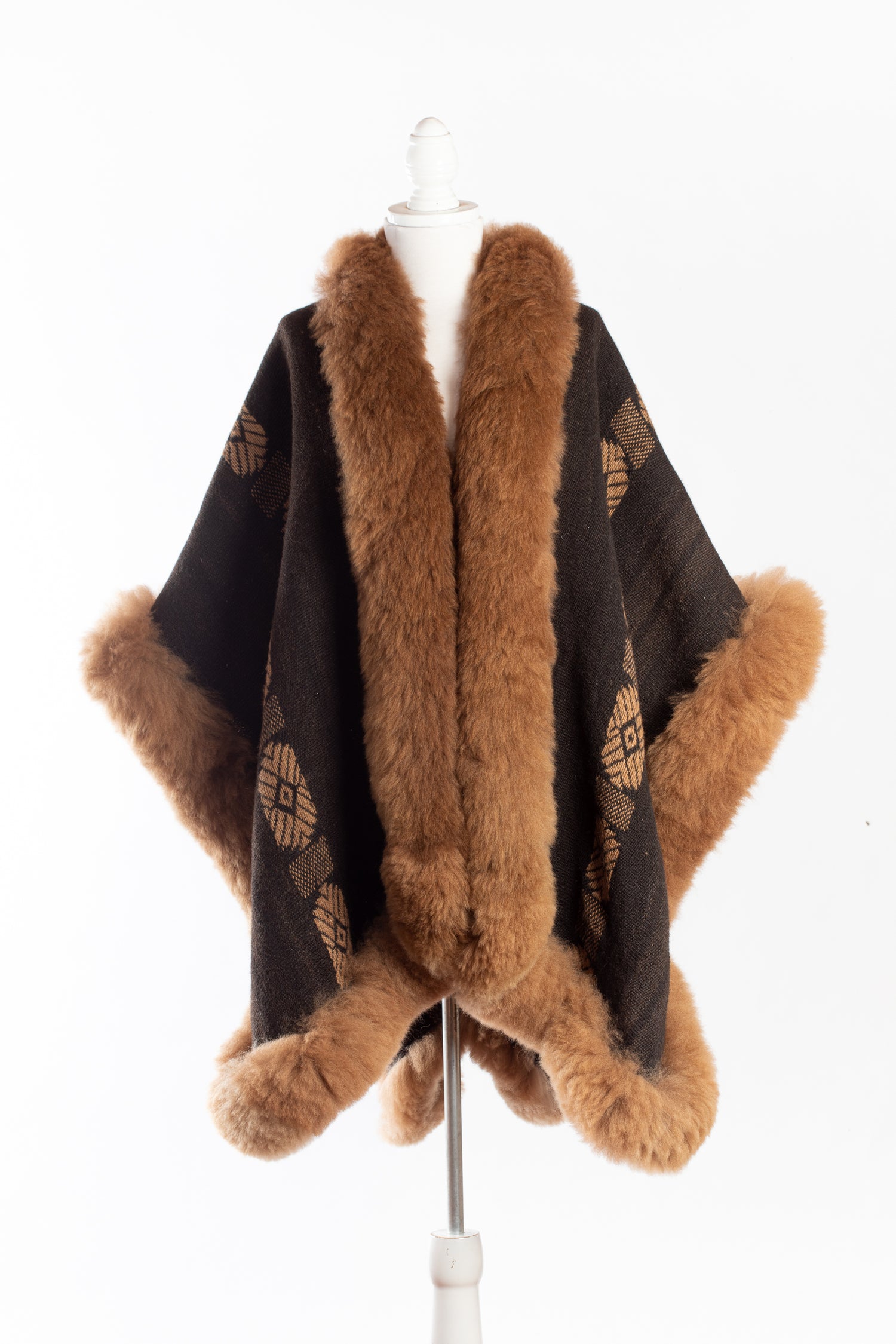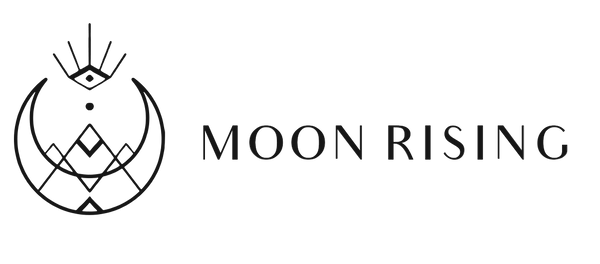Language of the Andes
Andean Cosmology Symbol Guide
The art of weaving has been a fundamental part of human history, rooted in traditions and cultures around the world since time immemorial. From ancient civilizations to contemporary communities, weaving has not only been a practical skill for creating clothing and household items, but also a means of cultural expression, a link to identity, and a way of transmitting stories and knowledge across generations.
Each design, pattern, and choice of colors in a weave is filled with deep cultural meanings, conveying stories, myths, beliefs, and traditions that have been preserved over time. Thus, weaving becomes a tangible symbol of belonging to a particular culture or ethnic group, and the knowledge and skills related to it ensure the continuity and preservation of cultural heritage.

Apu Vininkunca
RAINBOW MOUNTAIN
The symbol of Apu Vininkunca (Rainbow Mountain) is a tribute to the vibrant majesty and unique beauty of this geological wonder. The bold, straight lines representing the colorful layers that give Apu Vininkunca it's name. This symbol celebrates the natural beauty of Rainbow Mountain, and pays homage to the Earth and its ancestral wisdom.

Chakana
CHAKANA
The symbol of the Chakana is a sacred representation of the Andean cosmovision, and the connection between the earthly and spiritual worlds. Also known as the Andean Cross, the Chakana is formed by four arms representing the cardinal points, and a center symbolizing the point of balance and harmony. Each arm of the Chakana is adorned with symbols and geometric patterns representing important aspects of life and nature, such as the sun, the moon, the stars, and natural elements. In some cases, the Chakana is surrounded by natural elements such as mountains, reflecting the interconnection between the earth and the cosmos in the Andean cosmovision. This complex network of symbols reflects the deep understanding and reverence that the inhabitants of Pacchanta have for cosmic order and universal harmony. The Chakana is a reminder of the spiritual connection and ancestral wisdom that guide the life of the community.

Kuntur
CONDOR
The Kuntur (Condor) symbol is a majestic representation of the large and powerful spirit that dwells in the skies of the Andes. The condor is depicted with its wings spread, in perpetual flight over the mountains and valleys that make up the community's home. Its elegant contours and piercing gaze capture the very essence of this sacred bird, considered a messenger between the earthly and spiritual worlds in Andean cosmology. The condor's feathers reflect the beauty and grandeur of this animal, while its presence in the weaving symbolizes the protection and guidance it offers to the inhabitants of Pacchanta. The condor symbol also connects with the Hanaq Pacha, the celestial world in Andean cosmology. According to ancestral beliefs, the condor is considered a celestial being, a link between the earthly and spiritual worlds. In this sense, its presence in Pacchanta's weavings not only symbolizes protection and guidance on the physical plane but also suggests a connection with the divine forces that govern the universe. Thus, this symbol not only honors the tangible presence of the condor in Pacchanta's daily life but also evokes the spiritual presence and transcendence that permeate human existence in the Andes.

Orqo Uturunku Qocha & China Uturunku Qocha
Otorongo Male Lagoon & Otorongo Female Lagoon
The symbol of the Otorongo Macho and Otorongo Hembra lagoons is a powerful representation of balance. In this design, the two lagoons are depicted in perfect symmetry, separtaed by a horizontal line. This symbol of the Otorongo Macho and Otorongo Hembra lagoons honors the inherent duality in all things and the importance of finding harmony with the world around us. This symbol reminds us of the interconnectedness of all aspects of life, and the need to respect and celebrate diversity in all its forms.

Qochakuna & Apukuna
Lagoons and Apus - STYLE 1
The Qochakuna & Apukuna (lagoons and apus) symbol represents the environment surrounding the Pacchanta community, and shows the spiritual between the community and its nature. In this design, the lagoons of Pacchanta are depicted as diamonds. The Apus, the mountains watching over the horizon and protecting the community, are represented by triangular peaks. This symbol illustrates the sacred bond between the people of Pacchanta and the nature that surrounds them.

Lagoons and Apus - STYLE 2
The is a poetic expression of the harmony between Qocha (lagoons) water and Apus (mountains) in the sacred landscape of the Andes. In this design, the lagoons stand out in the center, drawn with smooth and fluid lines that evoke their calmness and serenity. Around them, the peaks of the Apus rise outlined with strong triangles, reflecting their greatness and power. These sacred mountains surround the lagoons, protecting them and serving as eternal guardians of the land and its inhabitants. This symbol is a visual balance that symbolizes the intrinsic connection between the sky and the earth, water and rock.

T’ika
FLOWER
T'ika (flower) is a representation of the beauty, vitality, and renewal found in nature. This design depicts a stylized flower, with petals opening from the center. The flower symbolizes abundance and fertility in the Andean cosmovision, and its presence in Pacchanta's textiles is a reminder of the earth's generosity and the importance of honoring and respecting the natural world around us. Additionally, the flower also represents renewal and the cycle of life, as it blooms and withers with the seasons. In Pacchanta's textiles, the flower is a reminder of the beauty and fragility of the natural world, and the need to protect and preserve its splendor for future generations.

Tawa Qocha
Four Lagoons
The symbol of the Four Lagoons is a manifestation of the sacred connection between the community and the natural elements that surround it. The lagoons are Represented by four concentric diamonds in a balanced arrangement, reflecting the harmony and interconnectedness between the Pacchanta and the surrounding natural environment. The symbol of the Four Lagoons emphasizes the importance of these bodies of water to the daily life of Pacchanta.

As part of our commitment to preserving and celebrating Andean culture, we are currently engaged in an in-depth exploration with Quechua women on the meanings behind these symbols. Stay tuned for more insights and explanations as we continue this captivating journey into the heart of Andean cosmology.

